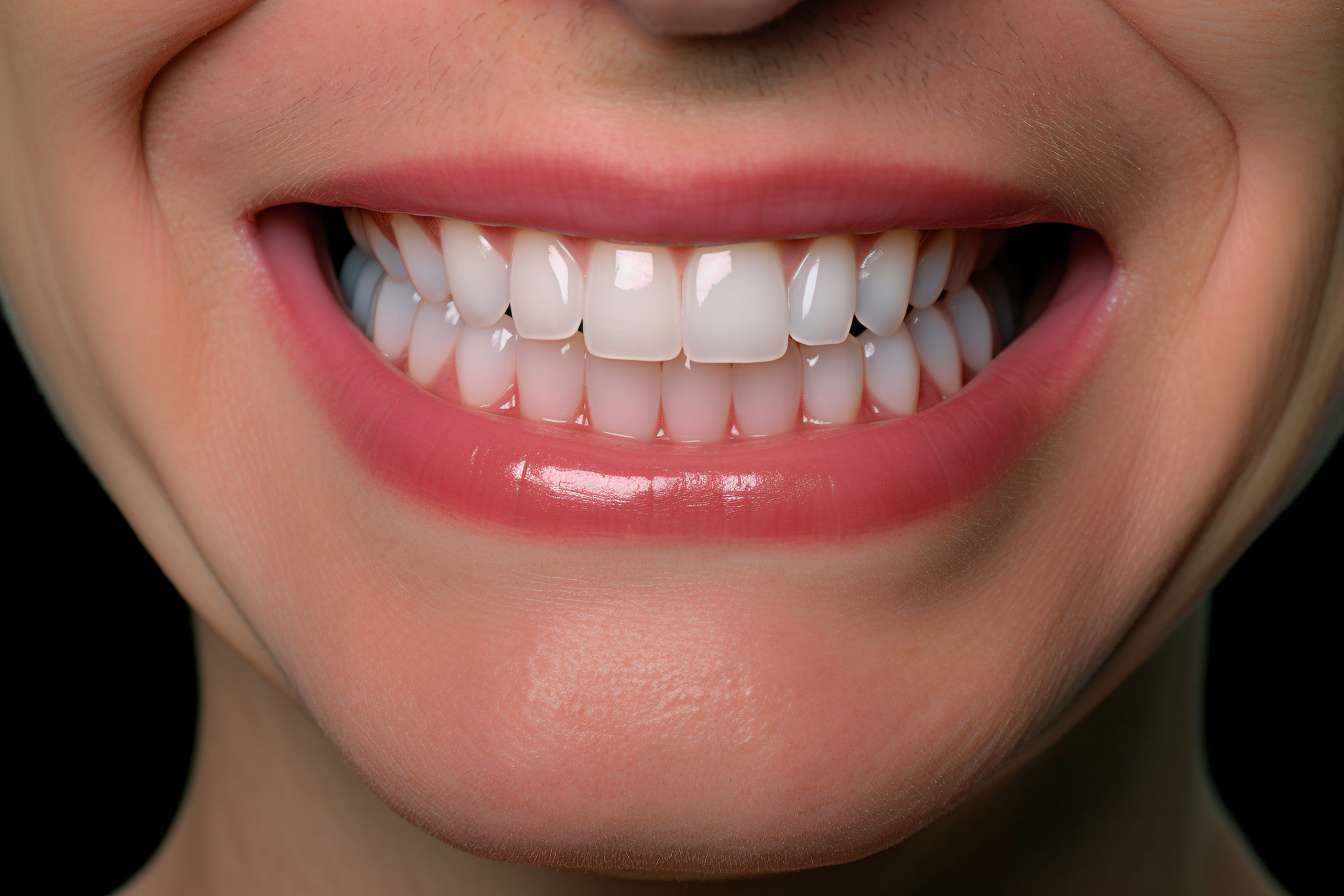When to Use Warm Foot Baths: Safety Tips and Timing
Warm foot baths can be a simple, restorative practice for many people when timed and performed safely. This article explains when a warm foot soak can help with relaxation, sleep, circulation, and comfort, and outlines precautions for common medical situations and populations.

Warm foot baths are a common home remedy used for relaxation, improving circulation, and easing tired feet. When used appropriately they can support sleep, reduce stress, and complement routines related to mindfulness and general self-care. Timing, water temperature, and awareness of medical conditions such as recent surgery or epilepsy are important to ensure benefit rather than risk. This piece outlines practical safety tips and clear guidance for different situations and populations.
This article is for informational purposes only and should not be considered medical advice. Please consult a qualified healthcare professional for personalized guidance and treatment.
How do warm foot baths support sleep and mindfulness?
Warm foot soaks can help trigger relaxation by gently raising skin temperature and promoting a shift in circulation that some people find soothing before bed. Paired with mindfulness practices, a 10–20 minute soak may help transition the mind toward rest and improve perceived sleep quality for some women and men. Use lukewarm water rather than very hot, and limit added stimulants such as strong fragrances if you are sensitive. For people using meditation or mindful breathing, a foot soak can be a simple anchor that signals a shift from active tasks to calm.
Are warm foot baths safe for seniors and nursing care?
Seniors and nursing care recipients can benefit from foot soaks, but extra precautions are needed. Thinner skin, reduced sensation, and slower healing increase the risk of burns or infection. Maintain moderate temperatures (about 37–40°C / 98–104°F), test water with a reliable thermometer, and supervise soaks when mobility or cognition is impaired. If there are breaks in the skin, open wounds, or peripheral vascular disease, discuss with a nurse or clinician first. Regular foot inspection before and after soaks is recommended to catch redness or irritation early.
Can foot soaks affect medical conditions like epilepsy or surgery?
Certain medical conditions warrant careful review before soaking. For epilepsy, warm baths are not generally contraindicated, but sudden temperature changes or long hot soaks that cause lightheadedness should be avoided and discussed with a clinician. After surgery—especially on the lower limbs—or when on prescribed medicines that alter circulation, consult the surgical team before soaking. If there is any active infection, recent surgery incision, or significant swelling, avoid immersion until cleared by a healthcare provider to reduce the chance of complications.
What if you have dental or cosmetic concerns?
Foot soaks do not directly affect dental implants, cosmetic procedures, or teeth, but they can interact indirectly with post-procedure care. For example, after cosmetic or dental surgery, systemic infection risk or prescribed antibiotics may change recommendations about hygiene and soaking. If a recent procedure has required general anesthesia, consider medical guidance before adding heat therapies. For people recovering from facial or dental surgery who experience headaches or jaw tension, a warm foot soak as part of overall comfort measures may help relaxation, but it should not replace directed medical aftercare.
Do food, avocado, or headache affect soak timing?
Diet and minor symptoms can influence how you plan a soak. Having a light snack rather than a heavy meal before soaking can prevent discomfort; avocado or other food sources are fine but avoid overeating just before a longer soak. If you have a headache, a brief warm foot bath combined with hydration and rest can sometimes provide comfort through relaxation and improved circulation. However, if headaches are severe, sudden, or associated with other neurological signs, seek medical attention rather than relying solely on home remedies.
When are foot soaks contraindicated with MRI, laser, or implants?
Foot soaks themselves do not interfere with MRI scans or dental implants, but timing matters. Avoid soaking immediately before scheduled MRI appointments such that adhesives or skin treatments might remain on the skin; follow facility guidance. If you have laser treatments, especially on the legs or feet, follow post-procedure instructions which may restrict soaking until the skin has repaired. For those with implants—dental, orthopedic, or cosmetic—soaking is typically safe, but avoid immersing areas with incisions or drainage. When in doubt, consult the clinician who managed the implant or procedure.
Warm foot baths are a low-cost, low-tech self-care option when used with common-sense precautions. Keep water temperature moderate, limit soak time to about 10–20 minutes, monitor vulnerable skin, and check with healthcare professionals for conditions such as peripheral vascular disease, recent surgery, or concerns about seizures.
In summary, warm foot baths can be a helpful, calming practice for many people when timed and performed safely. Attention to temperature, duration, and personal medical circumstances—especially for seniors, nursing care recipients, and those with recent surgery or implants—will help maximize benefits while minimizing risks.






